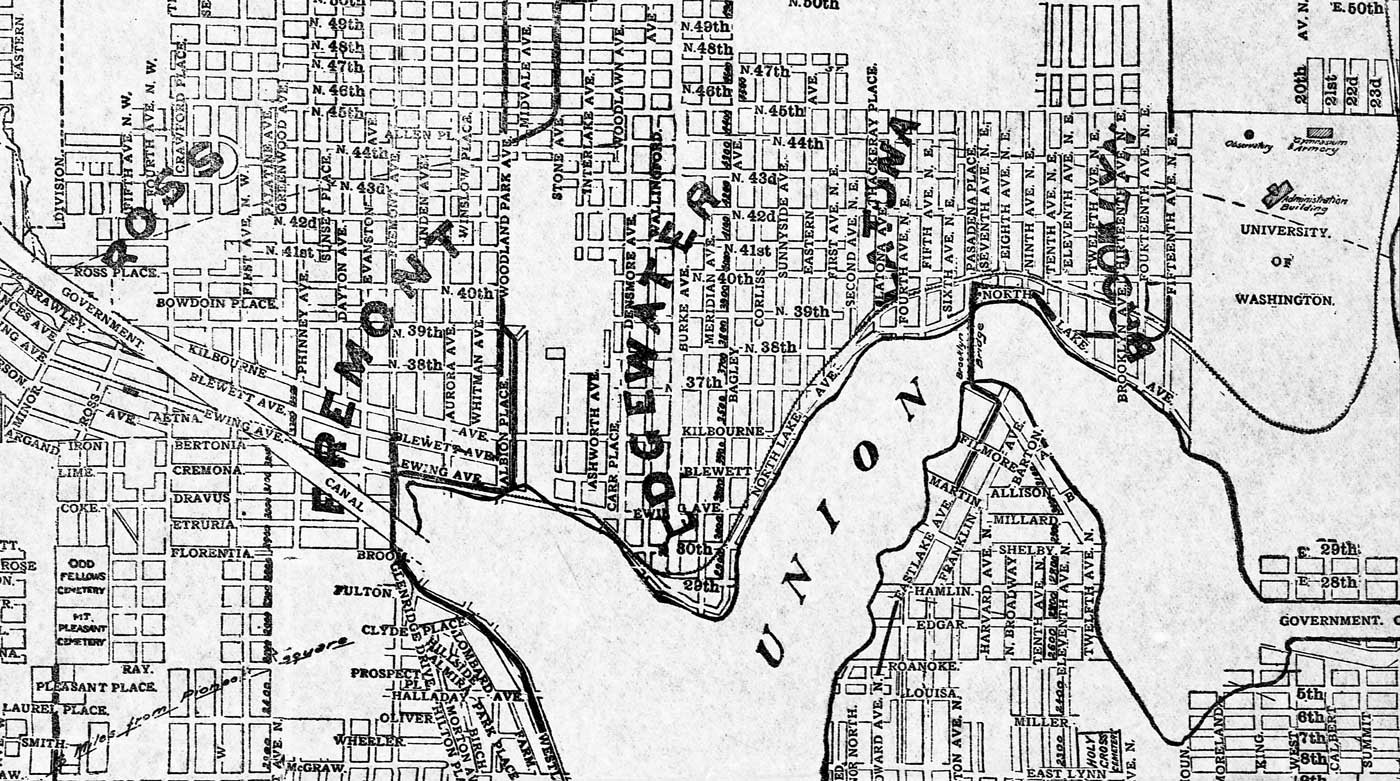Conclusion
As the United States transitioned into its own industrial era, already-large cities grew to enormous cities that attracted more people than ever. What then came of the over-crowded and chaotic cities was the creation of mass suburbia, where many middle-class and wealthy whites escaped outwards to escape the unpleasant face of the city. This phase of suburbanization hit Seattle as well, and is the basis to what shaped the development of Block 73 into being a part of a single-family neighborhood. Although the neighborhood and the District was predominantly white to begin with, it soon became home to one of the most diverse population in the Seattle area as a consequence of the rapid establishment and the growth of the University. Because it is located away from the heart of the District, Block 73 has not been prioritized as a development site, and has maintained most of its initial form. This is bound to change soon as the single family homes and townhouses are aging and the city aims to create higher-density neighborhoods. Although many of the original homes and business complexes are expected to be replaced with multi-family housing, the rich history of Block 73 will always persist to tell not only the history of the block, but of University District, of Seattle, and even the United States.
